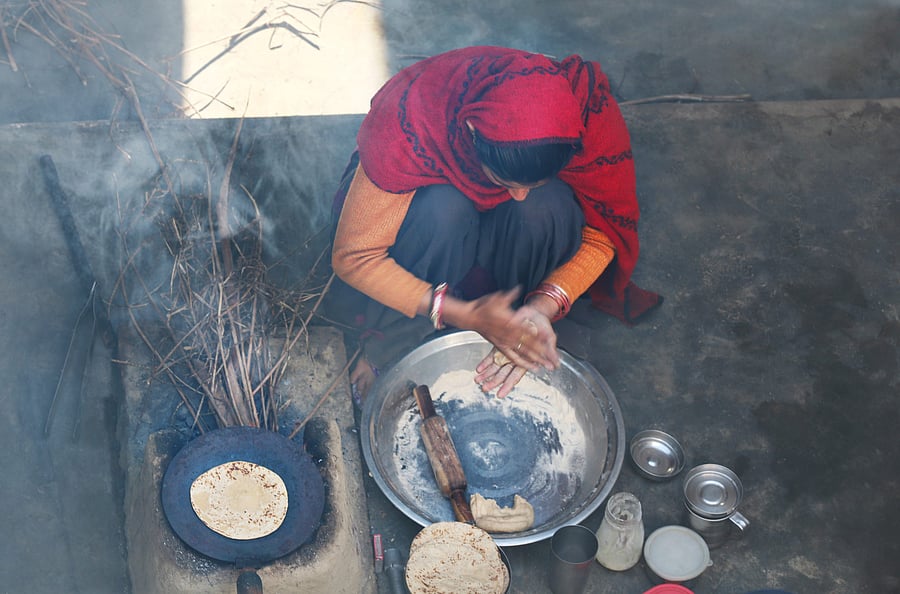
New Delhi, the capital city of India, has been in the news for all the wrong reasons, recently, one being that it has earned the dubious distinction of becoming the most polluted city in the world.
Delhi is not the only Indian city that is highly polluted. During 2018, a Greenpeace report observed that 22 of the 30 most-polluted cities in the world were located in India; Gurugram had the highest levels of air pollution, followed by Ghaziabad, Faridabad, Bhiwadi, Noida, Patna, and Lucknow.
Air pollution has long been associated with a wide range of health problems. These include respiratory diseases, cardiovascular disease, and a shortened lifespan.
Air pollution does not affect the living, alone; it also affects children who are yet to be born. In this context, studies have shown that maternal exposure to air pollution is associated with lower IQ in the offspring, and with an increased risk of neurodevelopmental disorders such as autism.
Greater levels of pollution are associated with greater health risks; this is a no-brainer. Longer exposure to pollution is also associated with greater health risks. This leads to the horrifying understanding of the extent to which we are harming the lives of our children.
There is also a moral issue at stake here: That of responsibility for one's health. People make bad health choices, such as eating unhealthy foods and leading a sedentary lifestyle; they are therefore responsible for the consequences of their choices. What of the situation, then, when your children and mine suffer diseases because somebody else chooses to drive a polluting vehicle through the city in which we live?
But is it only stubble burning and vehicle exhaust that pollute the air that we breathe? Exposure to air pollution occurs indoors as well as outdoors. In India, indoor air pollution results, for example, from emissions during biomass-based cooking/heating and from kerosene lamps and stoves.
In this context, a team of scientists from IIT, Delhi, USA, and other centers, used satellite-derived, district-level particulate matter (diameter, 2.5um [PM2.5]) exposure and an Eulerian photochemical dispersion model to estimate the extent to which reducing household air pollution could improve health outcomes in India.
Their models suggested that elimination of emissions from the use of biomass for cooking would, across the country, reduce the population-weighted average annual ambient PM2.5 exposure by 17.5 per cent; this figure was 11.9 per cent for the use of biomass for space and water heating, and 1.3 per cent for the use of kerosene for lighting.
Using methods from the Global Burden of Disease studies, these scientists estimated that such reductions in PM2.5 exposure would translate into reductions of 6.6 per cent, 5.5 per cent, and 0.6 per cent in premature mortality in the country.
This is a staggering finding. It means that, if all homes switch to using clean fuels for cooking, heating, and lighting, premature mortality rates in India could drop by nearly 13 per cent.
These scientists also observed that if PM2.5 emissions from all household sources were eliminated, then 103 (of 597) additional districts, representing an additional 187 million people, would meet the Indian annual air-quality standard of 40 ug/m3, relative to the year 2015 when only 246 districts, representing 398 million people, met the standard.
Their research was published in the Proceedings of the National Academy of Sciences, USA, earlier this year.
In summary, it's not just stubble burning and vehicle emissions, or outdoor pollution, that place our health at risk; indoor pollutants are also important. The use of clean household fuels and rural electrification in India have the potential to very substantially reduce exposure to air pollution and, by extension, premature mortality.
(Chittaranjan Andrade is Dean (Basic Sciences) and Professor, Psychopharmacology, at NIMHANS, Bengaluru)
The views expressed above are the author’s own. They do not necessarily reflect the views of of DH.